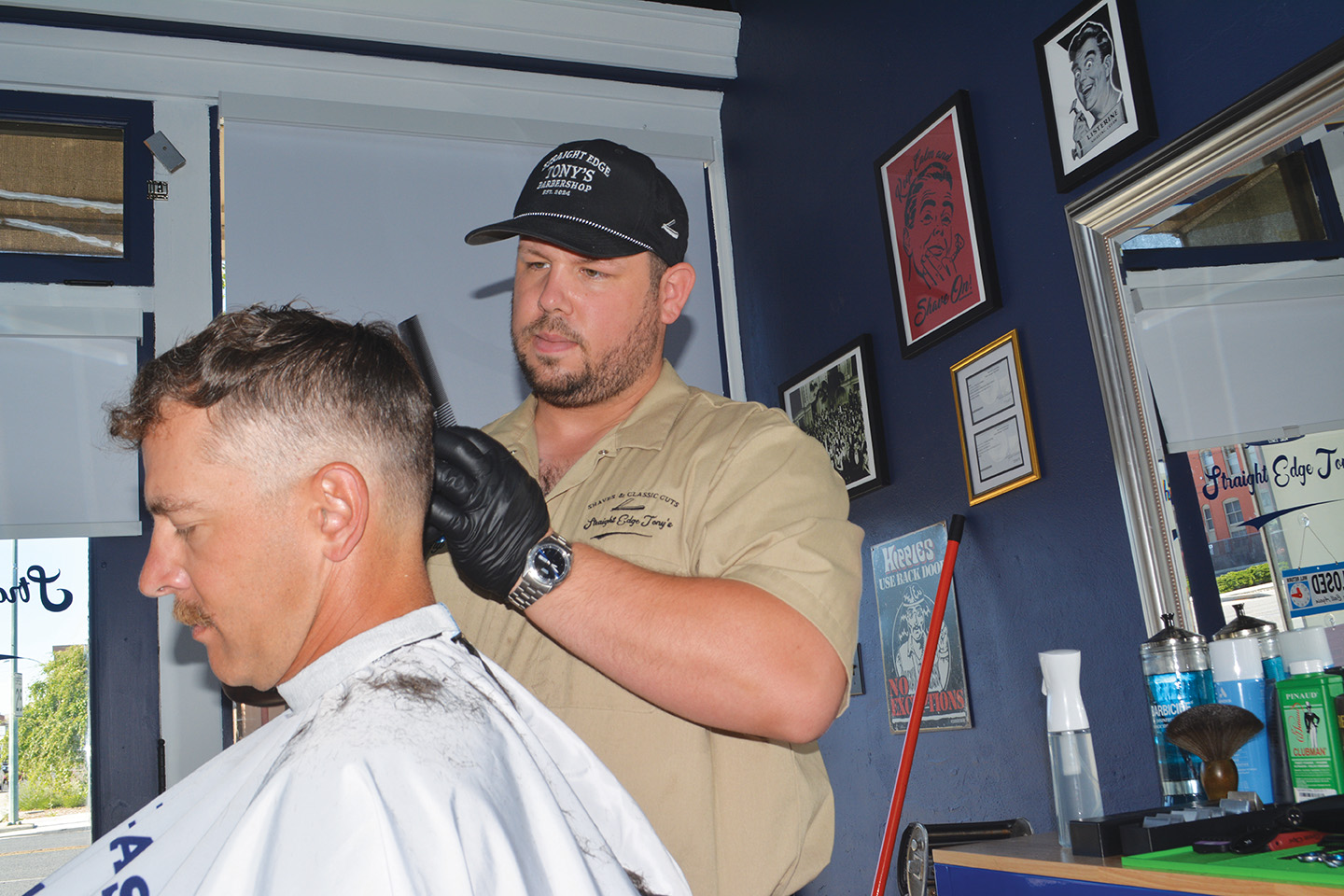COLUMN: Mimicking The Beatles? It’s not silly at all
Published 11:30 am Monday, November 27, 2023
The notion that four men would don a series of costumes, affect fake British accents and spend a couple hours singing songs they didn’t write sounds rather ridiculous.
A Monty Python skit, perhaps.
It was neither ridiculous nor reminiscent of that troupe of hilarious English comics.
It was in fact quite thrilling.
The experience I enjoyed on a recent Saturday night at Boise’s Egyptian Theatre almost certainly is the closest I’ll ever come to watching The Beatles perform live.
Except in one sense, strangely enough, the faux version probably was more enthralling than the real would have been.
I’ll explain in greater detail later, but the key difference was the absence, in the Boise audience, of screaming teenage girls.
(Although the applause was frequent, and at times respectable on the decibel scale, it wasn’t constant.)
My wife, Lisa, who has endured dozens of my odes to the greatest rock band that has ever recorded music (a title I doubt will ever be seriously challenged), surprised me by buying tickets for us to watch the Fab Four.
This quartet of musicians is what’s known as a “tribute band.”
The concept, as I suggested above, is rather curious.
But it’s also simple — tribute bands perform live the songs recorded by a “real” band.
The Beatles, given their singular place in music history, naturally have inspired many tribute bands — more, I suspect, than any other.
But Beatles tribute bands, including the Fab Four, are hardly content to mimic the music that Paul McCartney, Ringo Starr, and the late John Lennon and George Harrison created in the 1960s.
The Fab Four, in addition to playing the same models of guitars, basses and drums that The Beatles used, also duplicate, with considerable fealty, the band’s clothing and hairstyles and distinctive Liverpudlian accents.
They even refer to each other on stage as John, Paul, George and Ringo.
If you apply this formula to some other types of entertainment, it seems farcical.
I doubt, for instance, that anyone would pay to watch somebody else tell George Carlin’s jokes.
Or buy tickets to watch a film starring actresses who quite resemble, and sound rather like, Marilyn Monroe or Elizabeth Taylor.
Or sit in bleachers while talented athletes pretend to be Michael Jordan and Wilt Chamberlain.
Music, though, seems to belong to a separate category.
And The Beatles, of course, are unique.
Their repertoire is so beloved that each year many thousands of people spend money to watch musicians, most of whom were born after The Beatles broke up in 1970, perform some of their iconic songs.
I think I could comprehend this compulsion even before I saw the Fab Four.
But only now, after listening to them play the entire “Rubber Soul” album from 1965, and several other classics from later albums, do I actually understand the attraction.
It is about the music, of course.
But not only about the music.
Were that the case I would be satisfied with simply listening to the records, which sound better than ever due to great improvements in digital recording techniques.
This is what I have always done.
Indeed what I had to do — I was born on Sept. 22, 1970, more than four years after The Beatles played their final concert, at Candlestick Park near San Francisco.
(The band performed on a London rooftop in January 1969, but the Candlestick show, in August 1966, was their last scheduled performance.)
The lure of a tribute band — and the Fab Four, at least based on a smattering of online reviews I read, are among the most respected — is that they perform live.
Although the melodies that filled the Egyptian Theatre are the ones I had heard thousands of times, this time the guitars were being strummed and the bass strings plucked and the drum heads smacked just a few hundred feet from me, not in a London studio years before I was born.
This music was real in a way no recording, no matter how sonically perfect, can ever replicate.
I’m no musician — I can muddle through rudimentary chord changes on a guitar but little more.
But these songs are so familiar to me that I recognize their subtleties — the way George bent a string to get a certain tone on a lead guitar fill, or Paul’s intricate bass lines, or John’s frenetic rhythm playing or Ringo’s always solid backbeat.
The Fab Four mastered every nuance.
Each time my brain anticipated a particular sound — and there were dozens during the concert — my ears noted that it was rendered with something so close to perfection that I detected no flaw.
I recognized that these musicians have an intimacy with The Beatles that I, with my clumsy fingers on the fretboard, can never quite understand.
It is of course natural to compare a tribute band with the original.
Were time travel possible, watching a Beatles concert would likely rank among my top 10 destinations.
But based on the ample evidence of what those events were like, it seems all but certain that what I heard in Boise was, from a purely sonic standpoint, vastly superior to what audiences experienced in the 1960s.
It happens that my mom saw The Beatles perform in Portland in August 1965. But though she remembers the event clearly, she said the music was mostly obscured by the din from the audience.
That cacophony also contributed to the band’s decision to stop performing live.
Although tribute bands such as the Fab Four play concerts around the country every year, they aren’t the only option for fans.
Paul, at age 81, and Ringo, who’s 83, still perform.
Attending a McCartney concert would be an intensely emotional experience, I think — one in which the physical reality of the man on stage would trump even the music.
I’m sure I would enjoy the experience. But I also imagine it would be overwhelming, that I would feel I was watching something more than mere entertainment.
Watching the Fab Four had none of that historical gravity, as it were.
It was just plain fun.
And fun is precisely what The Beatles’ music, the most hallowed canon of songs from the past century, at its core has always been.








